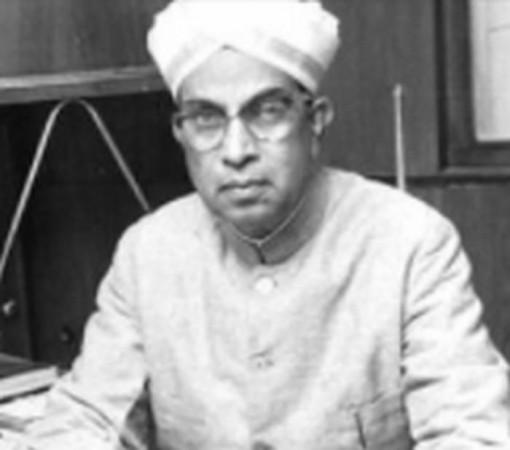A philanthropic personality, along with good administrative qualities, what else would one look for in making a people's leader? Kengal Hanumanthaiah worked as a lawyer during his initial years, but after seeing his leadership qualities during the time when India's independence movement was gaining momentum, the then President of the Congress party Dr P Tandon persuaded Hanumanthaiah to give up legal practice and join politics.
Despite his unopposed charm as a member of the Congress party, Hanumanthaiah (14 February 1908 – 1 December 1980) will always be remembered as the one responsible for the creation of the architectural marvel by the name of Vidhana Soudha and his imminent role of bringing the Kannada speaking areas within one boundary, at a time when several Indian states were created by redrawing borders based on linguistic demographics.

Movement dating back to imperial history
The demand for a state based on Kannada demographics had been made decades earlier, during the British rule. Then, areas that today comprise the state of Karnataka were under nearly 20 different administrative units with the princely state of Mysore, Nizam's Hyderabad, the Bombay Presidency, the Madras Presidency and the territory of Kodagu being the most important ones among all.
What this meant was that the Kannadigas or those who natively spoke the Kannada language did not enjoy an administrative patronage or representation despite their large numbers. For example, Kannadigas in the Hubli-Karnataka region came under the rule of the Bombay Presidency where Marathi was the official language. Meanwhile, those in the Hyderabad-Karnataka region came under the Nizam's rule where Urdu was a widely speaking language and those residing in South Canara came under the rule of the Madras Presidency which used Tamil as their main language.
These conditions led to a feeling of discontent among Kannadigas. They felt neglected and even economically remained weaker and undeveloped. It was against this backdrop that the 'Unification of Karnataka' movement first began as a protest against linguistic oppression and very soon transformed into one that began demanding a separate state be created consolidating all Kannada-speaking regions.
The idea of 'one'

In the early 1950s, Hanumanthaiah formed the idea of a "composite state" not only in order to channelise the discontent within Mysore about the possible loss of (caste) power but also equally provide an alternative matrix of development within the unified state.
Hanumanthaiah joined the movement and was very active in the then Mysore State. During the freedom fight, he was noticed by eminent leaders of the Congress party then. His gradual growth as a leader made milestone when he was elected unopposed as the leader of the Parliamentary Party wing of the Congress Party in Mysore Assembly in 1948.
In 1952, he became the second Chief Minister of the then newly-formed Karnataka state, following the victory of the Congress party in the first general elections of the country.
Today, as we celebrate his 113th birth anniversary, his leadership activities aimed at uplifting the rural population of the state and promoting economic growth will never be forgotten and will always be revived in our hearts.

















